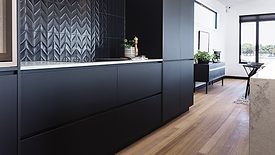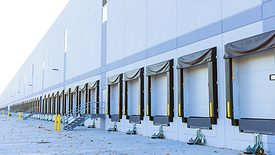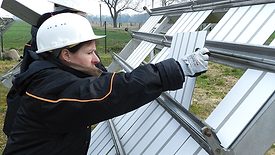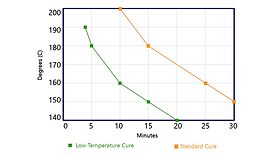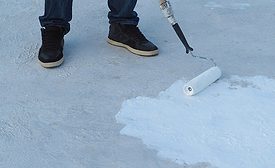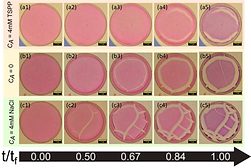Home » Rheology Modifiers
Articles Tagged with ''Rheology Modifiers''
Carboxylic-Functional Ultramatte Binders
A Breakthrough in Two-Component Coating Technology
Read More
Escaping the PFAS Ban
Antimony-Doped Tin Oxide-Based Antistatic Coatings vs. PEDOT and Fluorinated Anion-Based Antistatic Additives
Read More
Keep the info flowing with our eNewsletters!
Get the latest industry updates tailored your way.
JOIN TODAY!Copyright ©2025. All Rights Reserved BNP Media.
Design, CMS, Hosting & Web Development :: ePublishing


